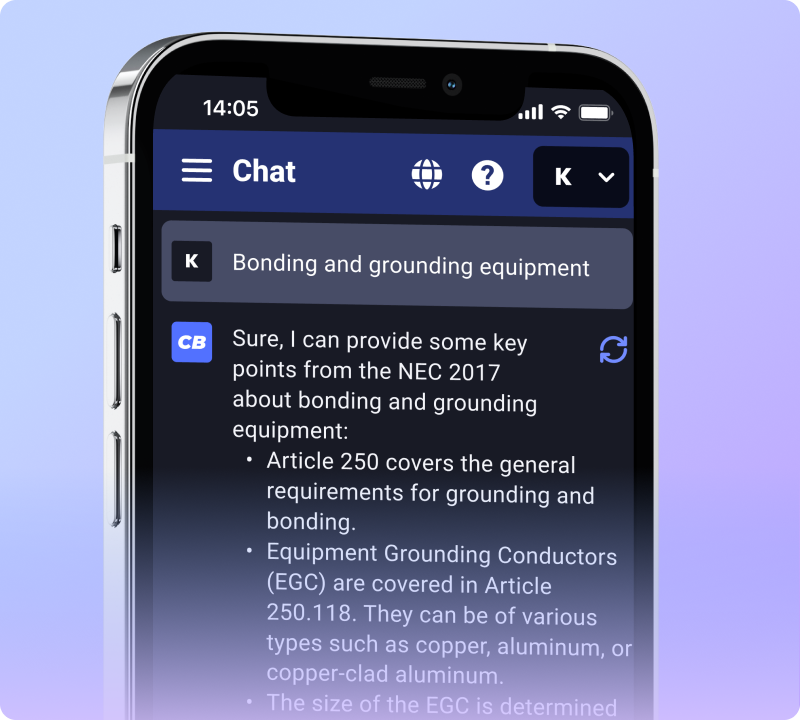When installing exterior outlets, one of the key considerations is whether they need to be on their own dedicated circuit. Adhering to the National Electrical Code (NEC) is crucial for safety and compliance in any electrical installation.
NEC Guidelines on Exterior Outlets and Circuits
The NEC does not explicitly require that all exterior outlets be on a dedicated circuit. However, there are several factors to consider:
- GFCI Protection: All outdoor outlets must have Ground Fault Circuit Interrupter (GFCI) protection, regardless of whether they are on a dedicated circuit. This is to prevent electrical shock, especially in wet conditions.
- Load Considerations: If you plan to power high-draw appliances or tools through these exterior outlets, it might be wise to have them on a dedicated circuit to prevent overloading.
- Circuit Capacity: Standard 15-amp or 20-amp circuits are typically used for outdoor outlets. Assessing the total load on the circuit (including interior and exterior outlets) is essential to prevent tripping breakers.
- Local Codes and Regulations: Some local building codes may have specific requirements regarding exterior outlets and dedicated circuits. It’s always best to check local regulations.
Best Practices for Safety and Functionality
- Assess Usage Needs: Consider what you will be powering through these outlets and whether other outlets on the same circuit will be used simultaneously.
- Professional Installation: For safety and compliance, having a licensed electrician perform the installation or provide guidance is advisable.
- Regular Maintenance: Outdoor outlets should be regularly checked for damage and wear, especially in harsh weather conditions.
Conclusion
While the NEC does not mandate that exterior outlets be on their own dedicated circuit, considering the intended use and overall load on the circuit is crucial for safety and efficiency. Always ensure GFCI protection for outdoor outlets and adhere to local building codes.
Note: This article is based on NEC guidelines as of April 2023. For specific local code requirements or updates, consult a licensed electrician or local building authority.


